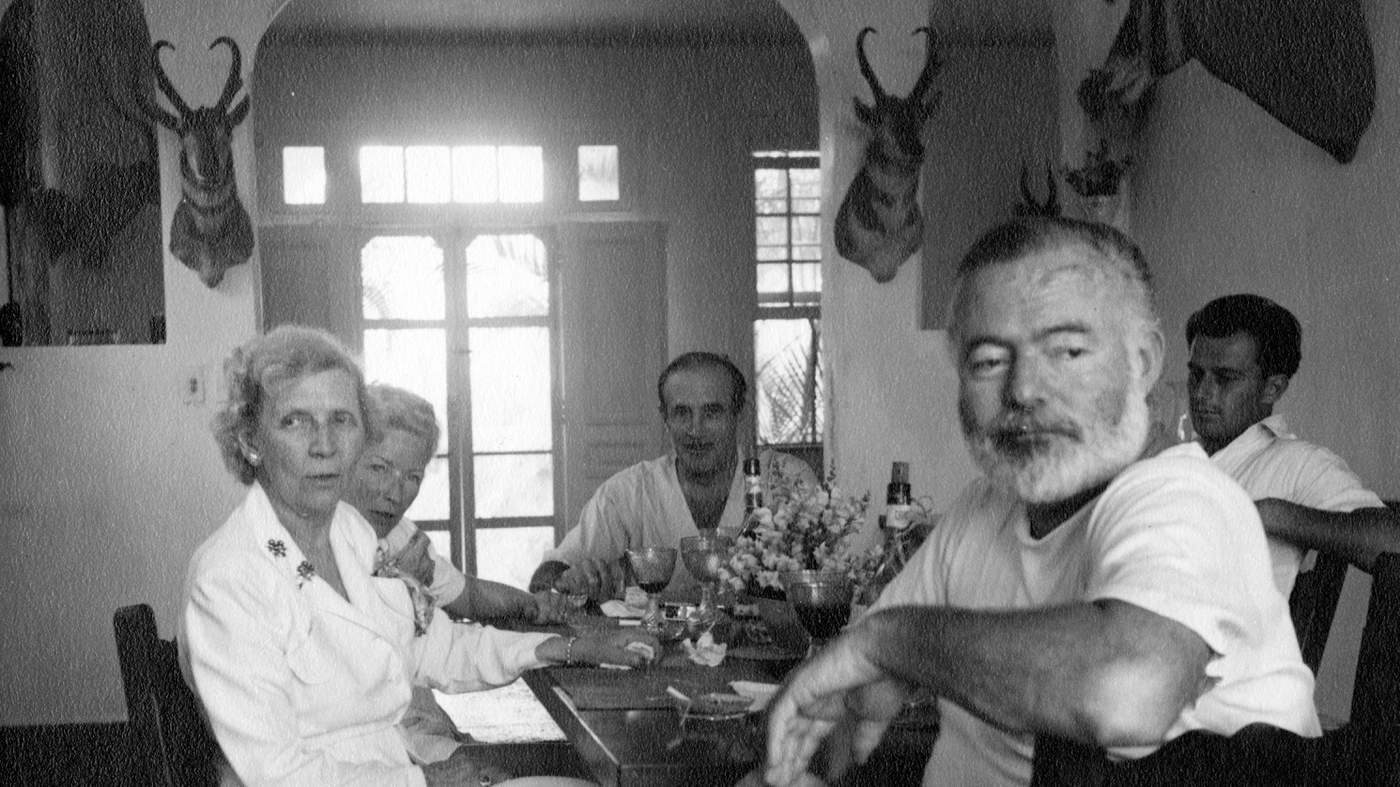
Unidentified woman, Mary Hemingway, Juan “Sinsky” Dunabeitia, Ernest Hemingway, and Gianfranco Ivancich dining at Finca Vigía. Photo courtesy of Ernest Hemingway Photograph Collection. John F. Kennedy Library and Museum, Boston.
Hemingway in Cuba
When Ernest Hemingway came to Cuba, he had already traveled around the world and had lived or worked in Paris, Key West, Spain and Kenya.
He said he came to Havana to get away from distractions and get some writing done. But in doing so, he found his home. In the end, he stayed in Cuba longer than any other place in his life.
Today, he is remembered proudly as a native son. And visitors to Cuba continue to trace the footsteps of one of the world’s most beloved authors.
The search for Hemingway’s ghost often begins, fittingly, at the bars. He famously liked to have his mojitos at La Bodeguita del Medio and his daiquiris at El Floridita. Both of those establishments are still enjoying great success, due in no small part to the reputation they earned during his life as great spots to catch a sighting of El Papa.
At El Floridita, photos of Hemingway and the famous friends he brought to the establishment adorn the walls while a bronze, life-sized statue of him occupies the space that bartenders often reserved for him.
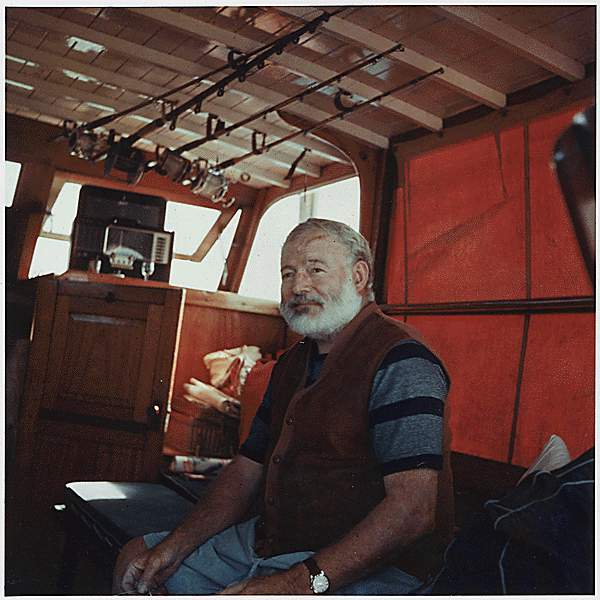
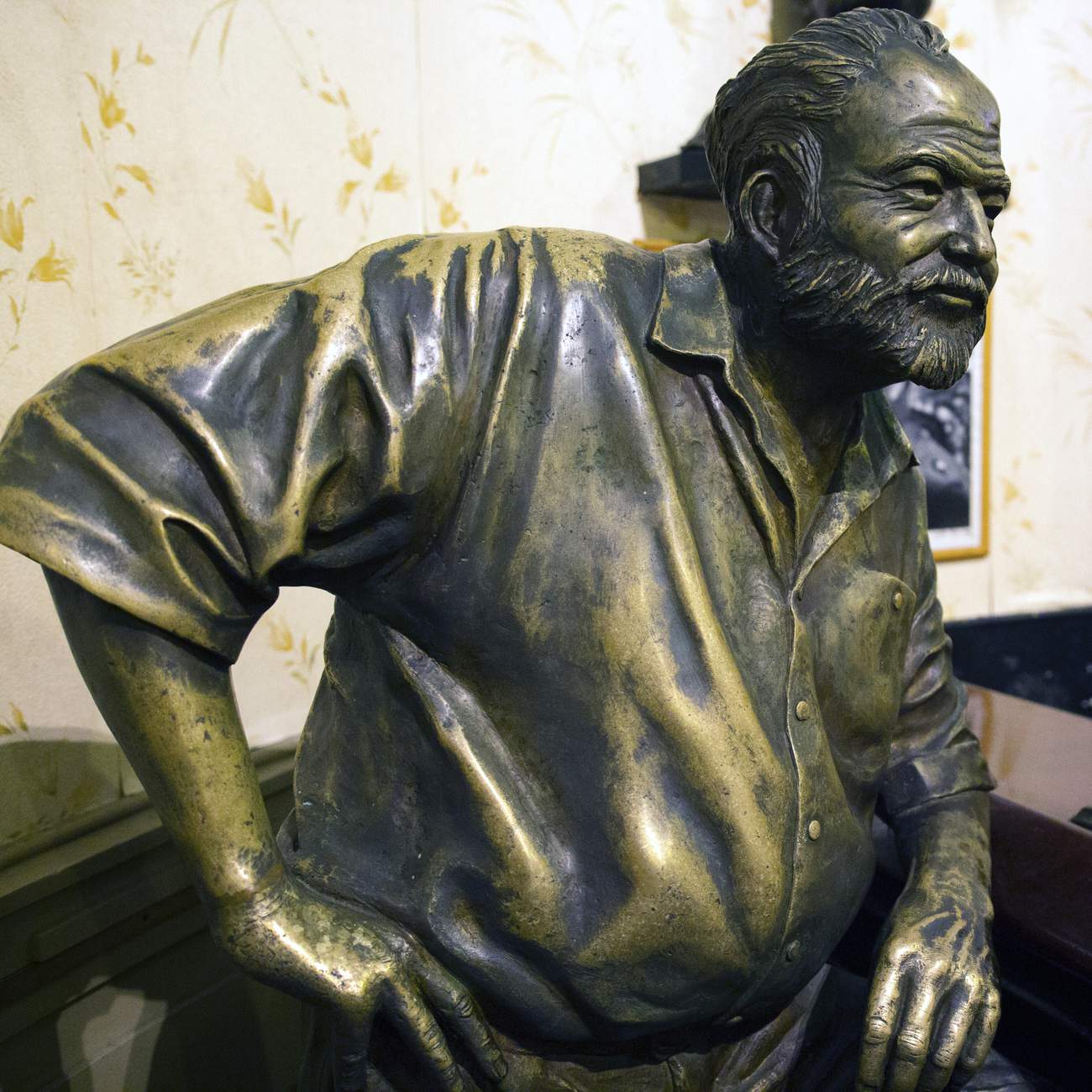
Left: Hemingway on his beloved boat, the Pilar. Right: A statue of Hemingway stands by the bar at El Floridita. Photo by Brian Canelles.
When he first arrived in Cuba in the early 1930s, he set up camp in Room 511 at Hotel Ambos Mundos, just a stone’s throw from La Bodeguita. He ended up staying there for much of the decade, traveling back and forth to Key West where his family lived, and writing most of For Whom the Bell Tolls in his room. Today, that spot is preserved as a tiny monument to the author. His old typewriter sits under glass, and the 1954 telegram notifying him that he had won the Nobel Prize in Literature hangs on the wall.
In 1939, he and his then-mistress Martha Gellhorn, who didn’t want to stay with him in a small hotel room, moved to a sprawling property approximately eight miles outside of Havana. At first they rented Finca Vigía, or Lookout Farm.
In November and December of 1940, Hemingway divorced his second wife, Pauline Marie Pfeiffer, married Gellhorn, and purchased the property. It would remain his primary residence for more than 20 years.
Gellhorn didn’t spend much time there. A successful journalist, she soon left for Europe, to cover World War II. She found great success and meaning as a war correspondent. Hemingway eventually followed her to Europe, but the relationship soon ended and he married another journalist, Mary Welsh.
Welsh returned with him to Cuba and the two made Finca Vigía into a home. They were consummate entertainers, and their close friends, including Gary Cooper, stayed with them regularly. One morning, the staff supposedly found actress Ava Gardner skinny-dipping in the pool.
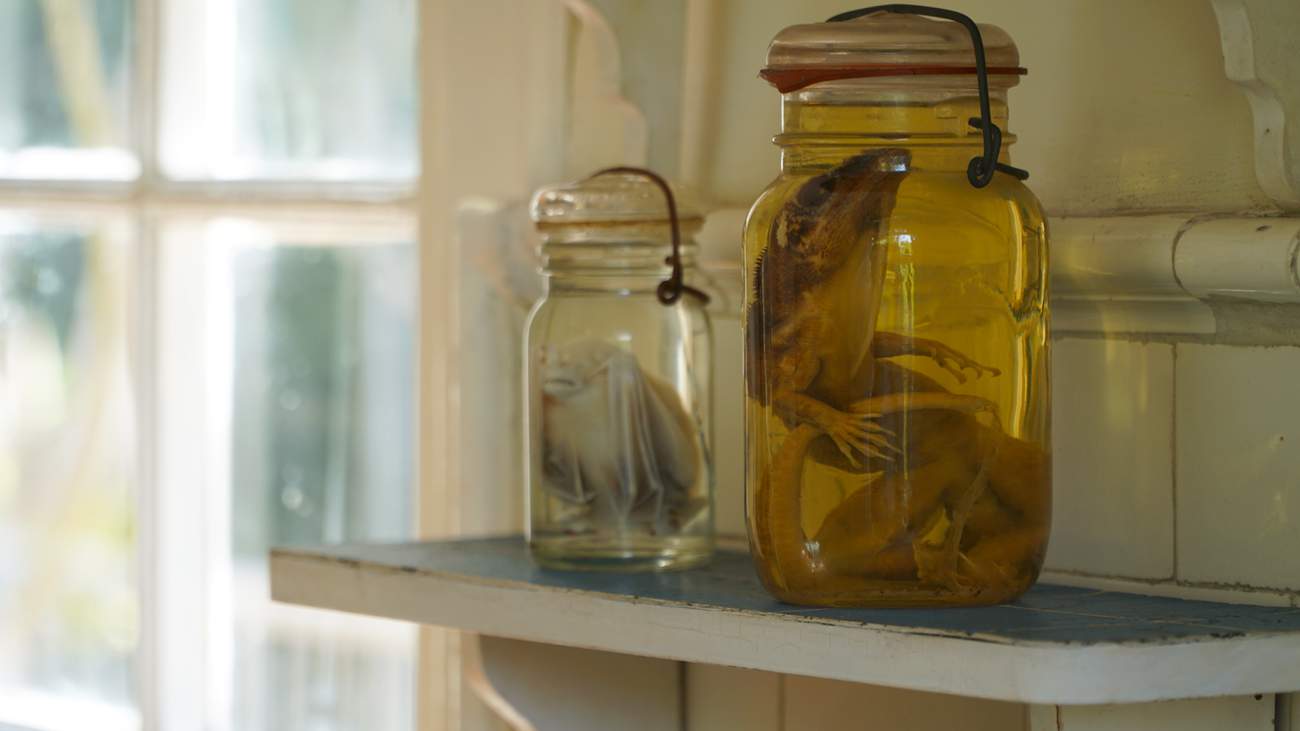
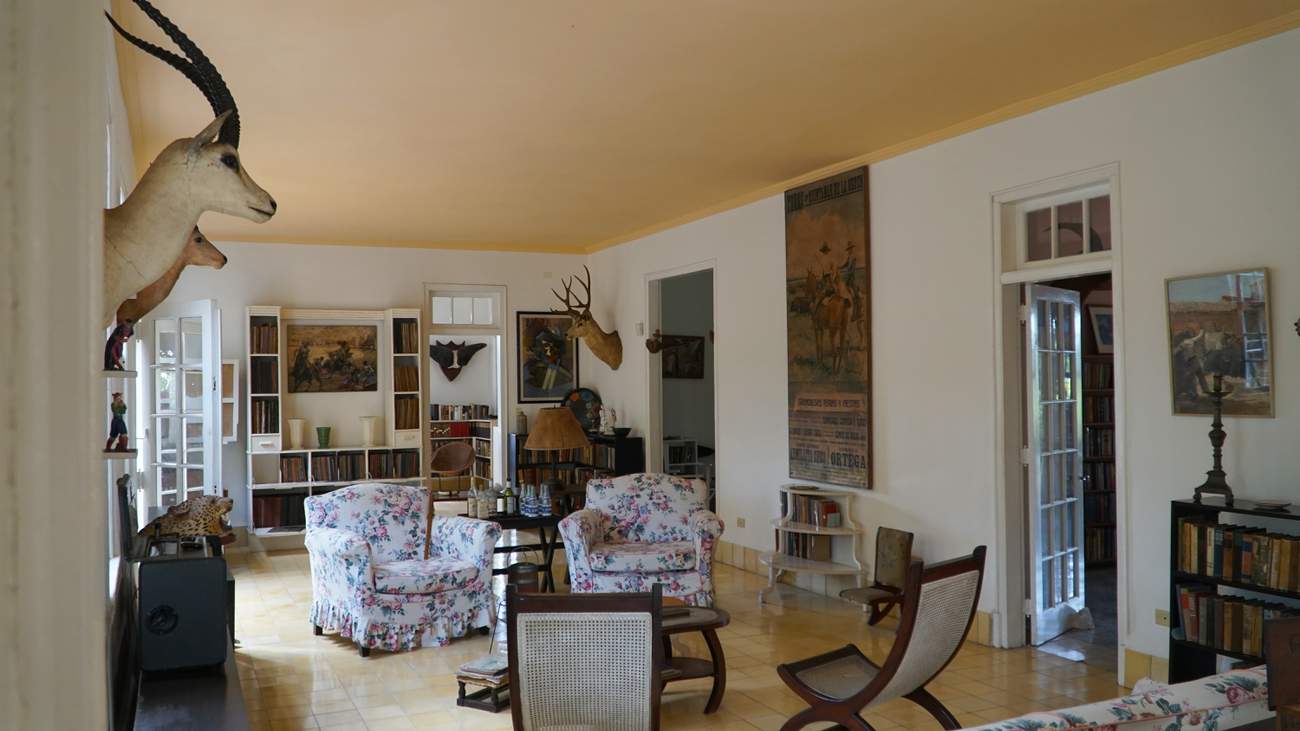
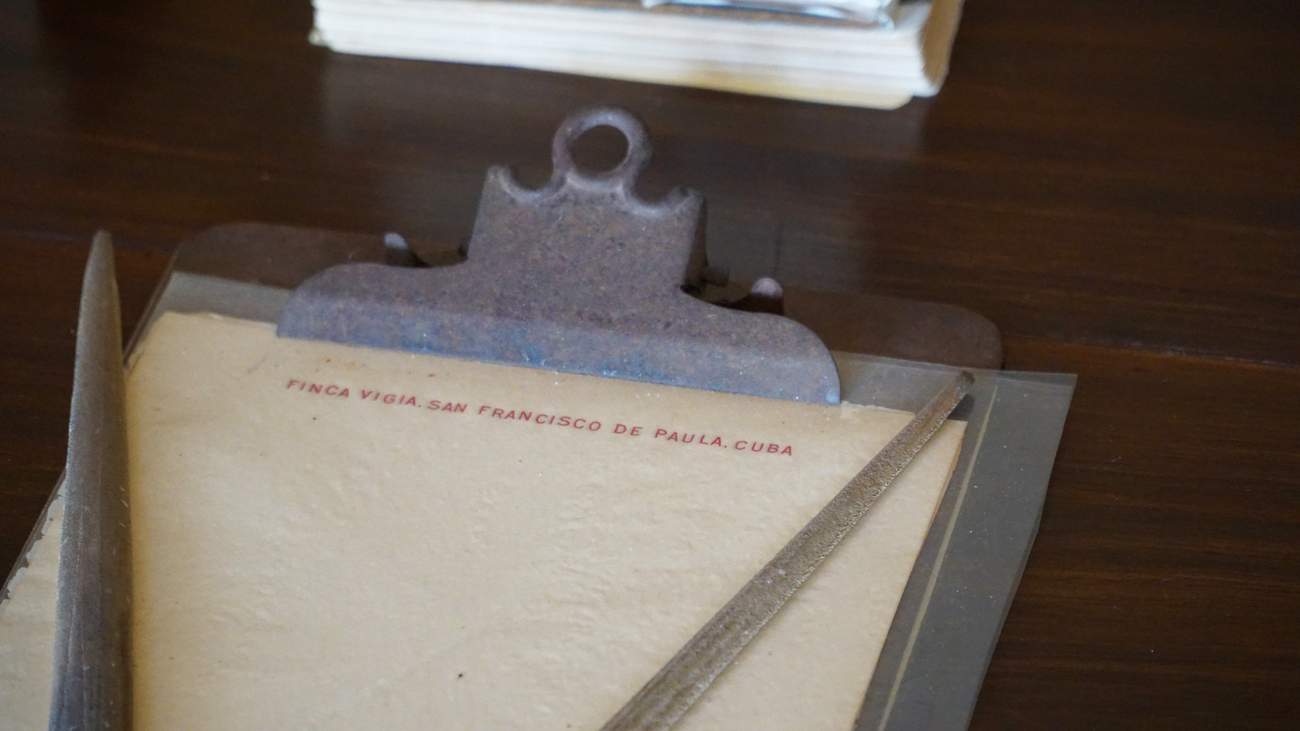
Hemingway’s house remains as he left it. Critters his cat captured sit in jars, his living room still displays many of his trophies, and stationery from his desk, with a swordfish bone he used as a letter opener, lie untouched. Photos by Geoffrey Baer.
Hemingway’s longest relationship was perhaps with his boat, the Pilar, which he acquired in Key West in 1934. Whenever he was in Cuba, Hemingway spent long days and nights on the Pilar. He and Gregorio Fuentes, his longtime captain and faithful friend, fished for marlin and dolphins. They also hunted for German U-boats in the waters surrounding Cuba during World War II — although it is unclear whether his efforts were a farce, a genuine effort to advance the war effort, or perhaps a bit of both.
Santiago, the lead character in his seminal work, The Old Man and the Sea, is said to be based on Fuentes.
After he won the Nobel Prize for Literature in 1954, he stated in a television interview that he was honored to be “the first Cuban sato,” or Cuban mutt, to be honored with the prize. He wanted to give the 23-karat gold medal to the people of Cuba, but not necessarily to the Batista government. So he placed it in the custody of the Catholic Church for display in a sanctuary in the small mining town of El Cobre, outside Santiago de Cuba.
Hemingway left Cuba for the last time in 1960 amid a spate of executions by the Castro regime. He and Mary eventually settled in Ketchum, Idaho. In July 1961, he ended his life.
Soon after, Mary Welsh returned to Finca Vigía to collect some papers and artwork, and the Cuban government assumed ownership of the property.
Soon after his death, the fisherman in nearby Cojimar, where Hemingway docked the Pilar, wanted to create a memorial to commemorate Hemingway and their relationship with him. But brass was difficult to procure in 1961, so several fishermen each donated a fitting from their boats. Those pieces were melted down to provide the brass for a bust of Hemingway, which remains near the boat dock on the Cojimar coast, eternally looking out to the sea.

Photo courtesy of Carol Highsmith and the Library of Congress.
Finca Vigía was recently restored and now looks much as Hemingway left it. With its wild game trophies in every room (which Hemingway bagged himself), bar (which he designed himself) and thousands of books lining the walls, Finca Vigía is a small monument to masculinity, literature, and the good life, as well as a window into Hemingway’s world.
Hemingway left his boat, the Pilar, to Gregorio Fuentes. Not wanting to continue sailing it without Hemingway, Fuentes donated it to the Cuban government. Today, the Pilar is dry-docked and on display at Finca Vigía.
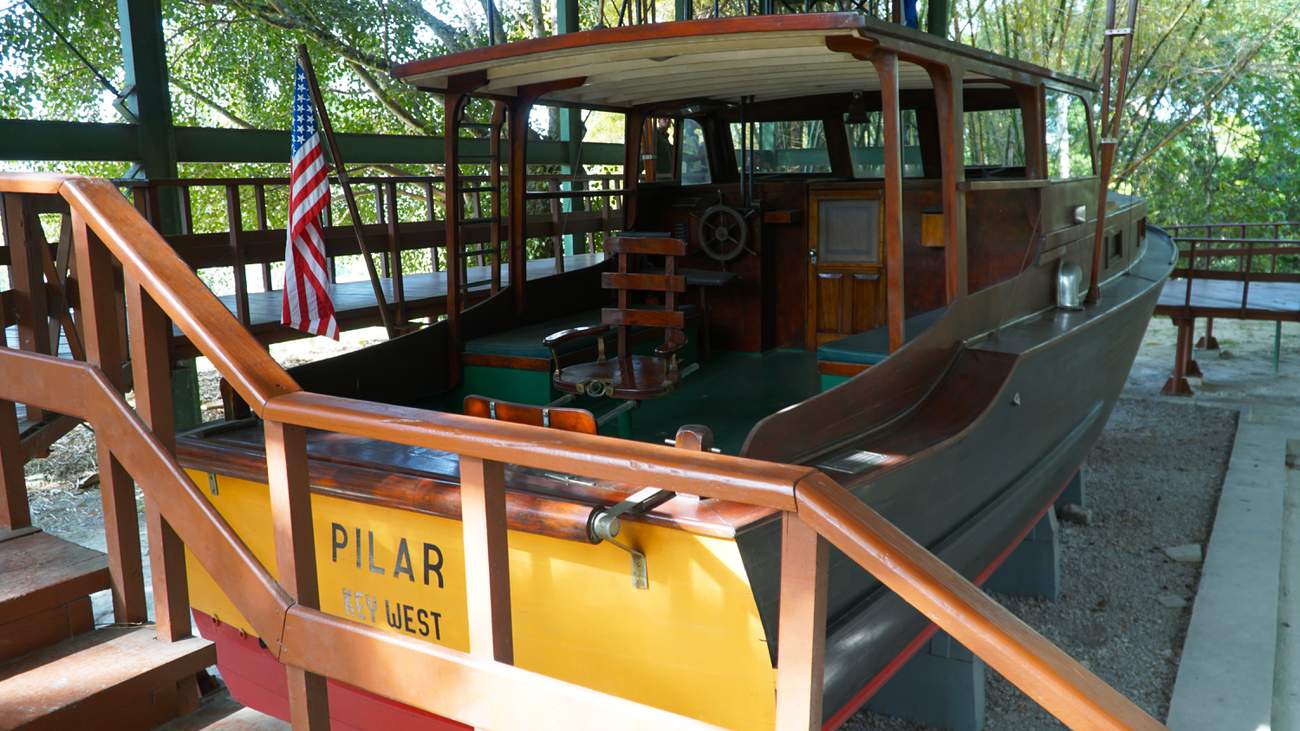
Photo by Geoffrey Baer.


